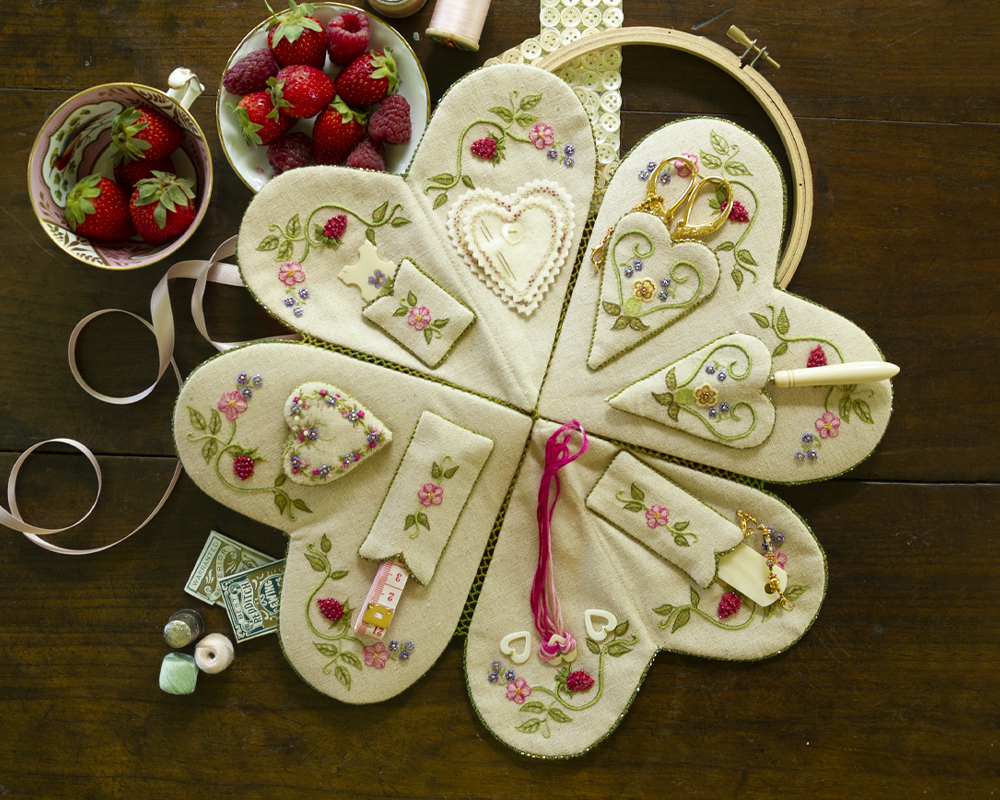Problem Solving
8th July 2022

Have you ever had a problem with needle and thread you just couldn’t solve?
Perhaps you forgot to measure twice and cut once. Maybe your counting wasn’t anywhere near as accurate as it needed to be. Or it may be, that try as you might, you just can’t quite replicate that one particularly complicated stitch or technique.
You turn it over and over in your mind, but find the more you think about the solution, the more stuck you become on the problem itself.
Ingrid Fetell Lee refers to this as ‘puzzle thinking’ and in a recent email she walked us through the ‘joyful mindset shift’ she relies on to get unstuck.
Instead of narrowing her focus to the problem itself, which puts her inside the problem, causing her to become hyper focused on the obstacle, Ingrid’s learned to play her way toward a solution. Over time, Ingrid came to realise that when she ‘played’ with a problem, she was able to step outside it, allowing her to focus on possibilities rather than constraints.
‘While puzzle thinking looks for solutions, play explores’ and Ingrid has found that not only does this method of problem solving get her to a solution faster, but she also finds more joy in the process.
If moving from puzzle thinking to play feels a hard shift to make, Ingrid’s email suggested a few ways we can go about it:
Put Fun First | Ask yourself what the most fun way would be to solve the problem before you.
Play with Extremes | If there were no obstacles to the solution itself – such as time, money or resource – what would you do?
Use a Different Tool | Changing the ‘tools’ you use to explore a problem breaks well-worn thought patterns that have been established over time and puts you into a more exploratory headspace. Think pen and paper instead of electronic device or a printed book instead of Google, or vice versa as the case may be.
Make Believe it’s Someone Else’s Problem | Sometimes the responsibility we feel for a problem makes it hard to unlock our creativity, so pretending it’s someone else’s problem can help us to unlock a solution.
Go for Quantity | Instead of trying to find that one ‘perfect’ solution, look for multiple answers to the same problem and simply see what comes.
So, next time you’re faced with a problem you just can’t solve, whether it be with needle and thread or otherwise, why not try to play yourself towards a solution? As Ingrid reminded us, ‘there’s rarely only one solution to a problem and the relief of seeing a diverse set of possibilities emerge connects (us) to (our) sense of optimism.’
And we think a sense of relief and the feeling of optimism towards uncovering a solution might just hold yet another key to solving whatever problem lies before us!

